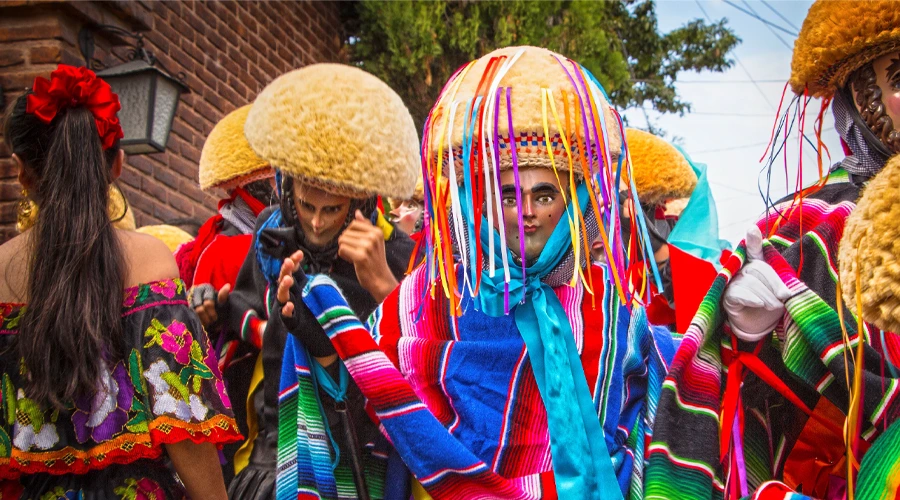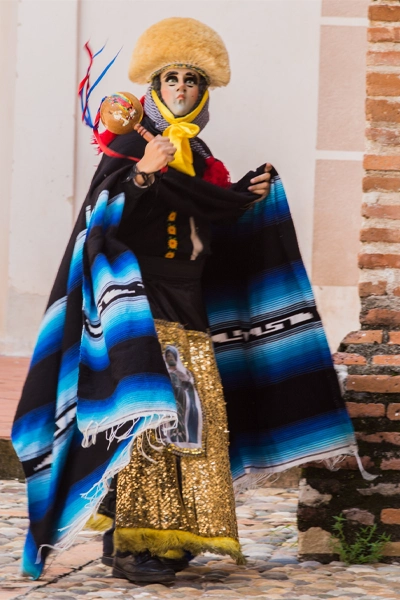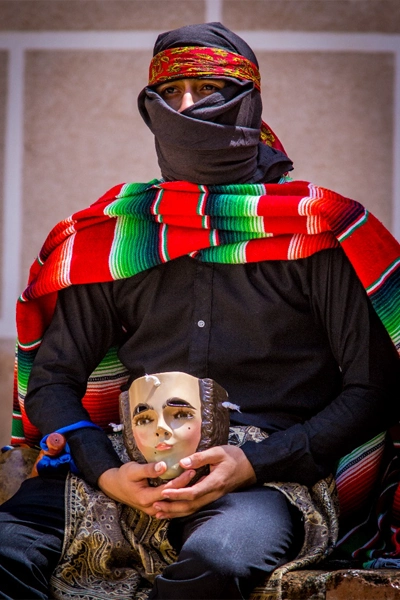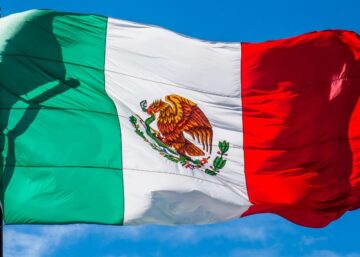
The Parachicos in the celebration Grande of Chiapas
The celebration Grande has multiple origins and is the result of a fusion of celebrations. The native towns of Chiapas had a religious celebration on these dates, in the XVI century the Spaniards turned it into a Catholic celebration.
The traditional celebration of Parachivos Grande of Chiapa de Corzo is held from January 4 to 23 of each year in the central region of Chiapas. Music, dance, gastronomy, and religious ceremonies are a daily part of this incredible festivity in honor of the saints: San Sebastian Martir, San Antonio Abad, and the Señor of Esquipulas.
The parachico wears a carved and polychrome wooden mask, and a headdress called montera, which represents the rays of the sun, in addition to being dressed in a colorful sarape, an embroidered scarf, and colorful ribbons. The dancers use a tin rattle called “chinchin”.



The dances of the Parachicos -the term used to refer to the dancers and the type of dance they perform- are considered an offering to the venerated saints. The dance of the Parachicos was named Intangible Cultural Heritage of Humanity by UNESCO in 2009. In this celebration, participants dance through each of the streets of the Magical Town of Chiapas de Corzo, to the sound of the drum and the pito (reed instrument) and the accompaniment of the images of the venerated saints in procession.
During the processions held on January 15, 17, 18, 20, 22, and 23, the Parachicos are led by a character called a “patrón”, who is the highest authority or spiritual guide of the Parachicos. This character wears a unique mask that no one else can use, with features of severe expression, anger, power, and evil old man, in addition to a guitar and a whip, playing the flute accompanied by one or two drummers. The dance is transmitted and learned at the same time it is performed: the children who participate in it imitate the movements of the adults.
Celebration of the Patron Saints – During the celebration Grande the three main patron saints of the town – the Señor of Esquipulas, San Antonio Abad, and San Sebastián Mártir – are celebrated with processions, special ceremonies, and traditional food is offered in honor of the saints.
In this festivity, the people get involved and participate together.


